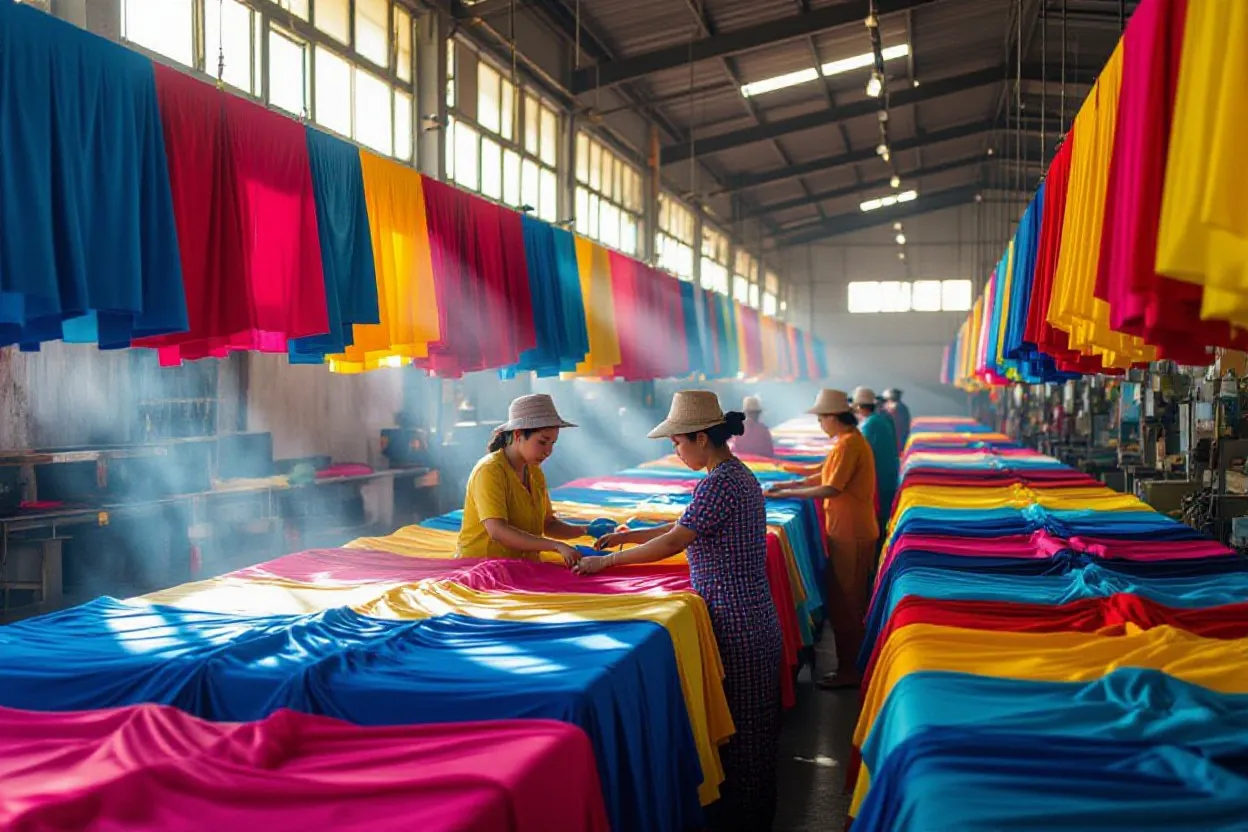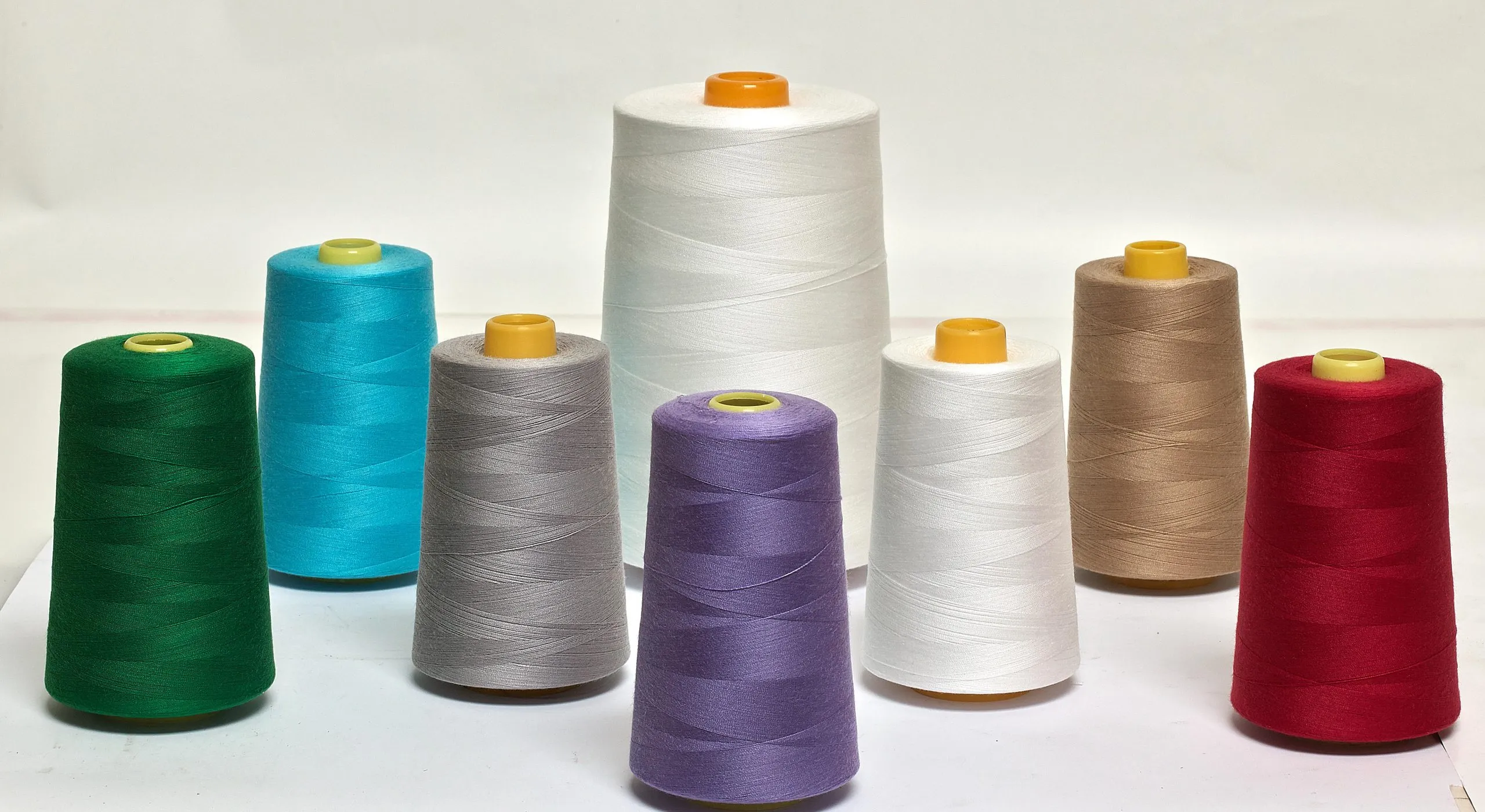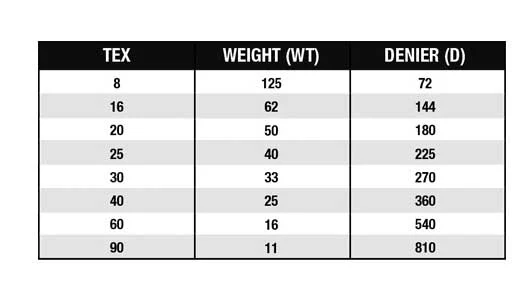
Over time, research shows that the colors you wear and surround yourself with can shift your mood and send nonverbal cues that shape how others respond to you; this post summarizes the evidence, explains cultural and individual differences, and gives practical tips so you can apply color intentionally in daily life.
Why Color Has an Emotional Impact
Studies show physiological responses: red often increases heart rate and vigilance, while blue and green tend to lower arousal and support focus. For example, Elliot & Maier’s work links red to avoidance-related performance shifts, and light-research (blue-enriched light) improves alertness and reaction time in office settings. You should match hue, saturation, and context bright, saturated tones boost energy; muted tones promote calm. The field of Color psychology studies how different colors influence mood, behaviour and perception.

The effects come through several pathways:
- Visual stimulation: Bright or highly saturated colours tend to energize; muted or low-saturation colours lean toward calm.
- Cultural/learned associations: We carry learned meanings of colours (e.g., “red = stop/danger,” “green = nature”) which affect our responses.
- Social signalling: What you wear or surround yourself with sends non-verbal cues to yourself and to others.
- In short: yes, colour has an effect though not magic. How strong that effect is will depend on context, individual differences (culture, experience, preferences), and how you use it.
How Colour Can Influence Your Mood
Your mood often shifts in direct response to hue, saturation and context: bright, warm tones generally increase arousal and alertness, while cool, low‑saturation hues promote relaxation. For example, athletes wearing red have shown performance advantages in some studies (Hill & Barton, 2005), and patients with views of greenery recovered faster after surgery (Ulrich, 1984).

Use these patterns to tailor your environment or wardrobe to the emotional state you want to evoke.
- Warm, bright colours (reds, oranges, yellows): These tend to activate and energize. According to research, higher saturation often links to higher arousal.
- Example: Wearing a bright yellow shirt on a sluggish morning might help bring a little lift.
- Cool or muted colours (soft blues, greens, pastels): These often soothe and calm. E.g., exposure to green can decrease blood pressure and perceived stress.
- Deep neutrals (charcoal, deep browns, taupe, navy): These don’t shout; they tend to feel stable, grounded and professional useful when you want to feel in control.
- Important caveats: Some studies found little to no direct effect of colour on mood in controlled experiments. The effect is often subtle and amplified by context (time of day, lighting, your own state) and sheer individual / cultural differences.
- Takeaway tip: If you’re feeling low energy, a bright accent might be worth trying. If you’re feeling tense or overstimulated, lean into a calmer colour palette.
How Colour Can Influence How Others Respond to You
- First impressions: Research suggests that ~90% of snap judgments about people can be influenced by visual cues including colour.
- Red and attraction/attention: There is a phenomenon known as the “red dress effect” where wearing red can boost perceived attractiveness or dominance.
- Neutrals and professionalism: Wearing deep neutral tones often signals stability, seriousness and competence. These colours are less distracting and allow other traits (skill, personality) to come through.
- Colour and context matter: What works in a creative setting (bright colours) might not work in a conservative business meeting (muted tones). What one culture reads as bold, another might read differently.
- Personal brand / style cue: A small coloured accessory (scarf, tie, shirt) is a smart tool it changes your visual signal without overwhelming your overall look.
Practical Guide: How To Use Colour Intentionally
Apply color with purpose across your clothing, interiors, and accessories to shape mood and social response. Use the 60/30/10 rule, 60% neutral base, 30% secondary tones, 10% accents to maintain balance. Fast-food brands use red/yellow to stimulate appetite; hospitals favor blues/greens to lower stress. Small swaps an accent pillow, a tie, or a painted feature wall let you test effects before committing. Track reactions via colleague feedback, customer dwell time, or your own energy and concentration levels.

| Situation | Colour strategy | Why it works |
|---|---|---|
| You want to feel + look energetic (e.g., sales meeting, interview) | Include a bright accent: red tie, yellow scarf, orange pocket-square | Warm, saturated colours raise arousal/attention. |
| You want to feel + look calm and composed (e.g., client meeting, negotiating) | Choose cool or soft tones: light blue blouse, sage green shirt, pastel accessories | Calming associations help regulate mood and signalling. |
| You want to appear professional/trustworthy (e.g., boardroom, formal setting) | Wear deep neutrals: navy, charcoal, taupe, maybe one subtle colour accent | Signals consistency and lets other traits lead. |
| You feel over-stimulated or distracted | Tone things down: switch from bright to muted colours / pastels | Reduces visual “noise” and helps you reset. |
| You want a quick mood shift | Switch a small item: socks, scarf, tie, pocket square in a colour that matches your goal mood | Easy change, lower “risk,” yet still conveys purpose. |
Summary / Final Words
Color is a powerful subtle tool. It can influence how you feel, how others perceive you, and how you present yourself but it doesn’t replace foundational things like behaviour, authenticity, preparation and context. If you want to harness colour effectively:
- Think purposefully: What mood or impression do I want?
- Pick small touches (a coloured scarf, shirt, tie) if you’re cautious.
- Match the intensity of the colour to the occasion (bright for energy, muted for calm, deep neutrals for professionalism).
- Keep your own preferences and cultural-context in mind choose colours you genuinely feel good in.
FAQs Can Color Affect My Mood or How Others Respond to Me?
Can color really affect my mood or how others respond to me?
Yes. Color influences emotion and perception through visual stimulation (brightness and saturation), learned cultural associations (e.g., red for attention, green for nature), and social signalling (what you wear communicates intent and status). Effects are real but moderate and depend on context, individual differences, lighting, and garment style.
What does research say about color and mood?
Studies show patterns highly saturated, warm colors often increase energy and arousal; cool, muted tones tend to calm. Findings vary by method and population, so results are not absolute. Personal experience, past associations, and situation often shape whether a color lifts or dampens your mood.
How does color change how other people respond to me at work or social events?
Color acts as a nonverbal cue. Dark neutrals (navy, charcoal) often signal professionalism and competence; blues convey trust and approachability; reds attract attention and can signal confidence or dominance; softer tones and pastels suggest friendliness and approachability. Combine color with fit, grooming, and behavior for intended effects.
Are color meanings the same across cultures and individuals?
No. Many associations are learned and culturally specific white is bridal in some cultures, mourning in others. Personal history, age, and taste also shift reactions. Test choices in your cultural and social context rather than relying on universal rules.
How should I choose colors to influence mood or responses intentionally?
Start with your goal (energize, calm, command attention, appear approachable). Use saturation and value to match the effect: brighter and warmer for energy, muted and cool for calm. Anchor outfits in neutral bases (black, navy, beige) and add accent colors to guide perception. Try garments in different lights and get feedback from trusted colleagues or friends.
Can using color incorrectly backfire?
Yes. Overly bright or clashing colors can distract or overwhelm; colors that conflict with cultural expectations can send the wrong message; low contrast can reduce visibility of details. Also, color alone cannot compensate for poor fit, unprofessional behavior, or lack of preparation.


